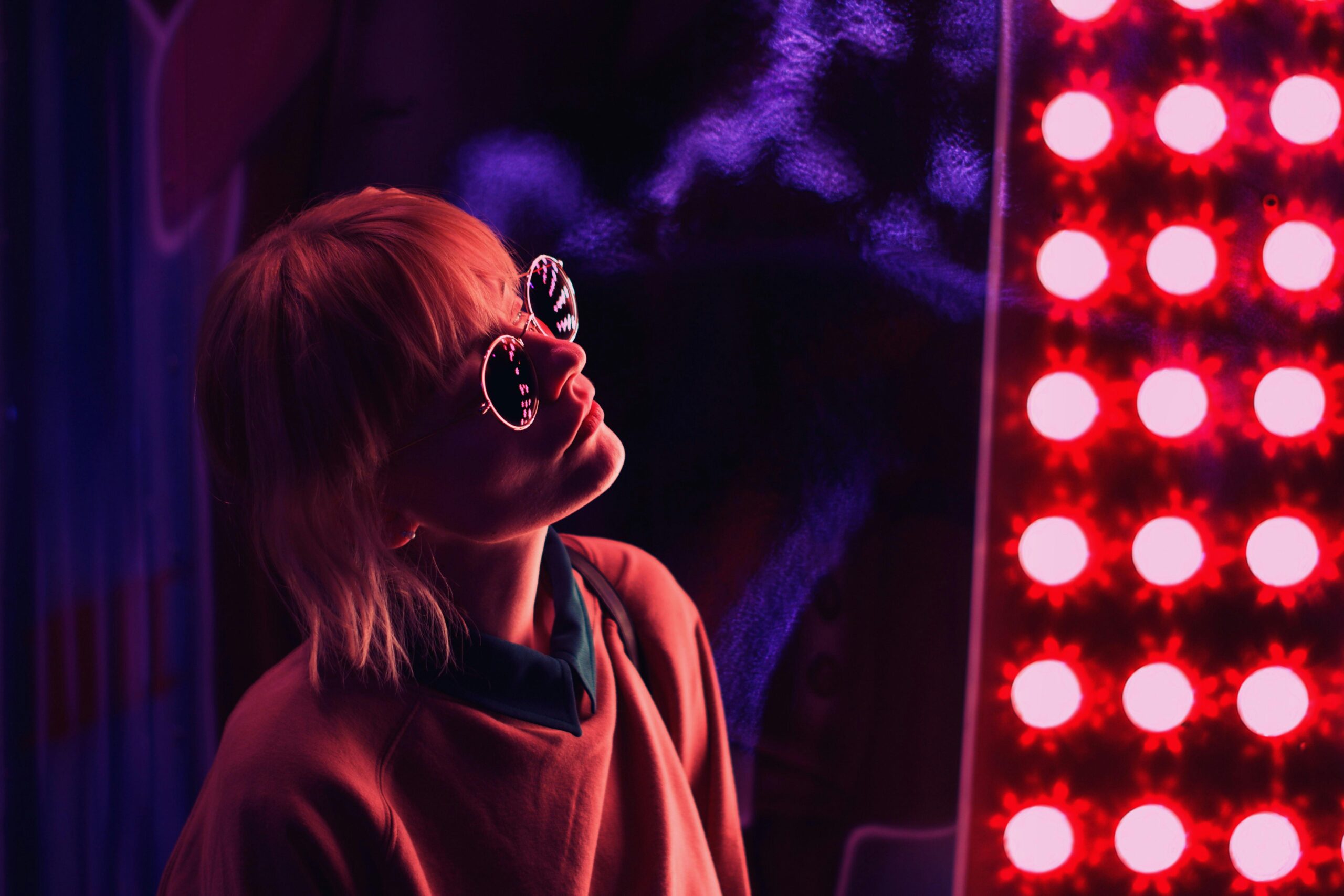
- Mason
- May 10, 2024
Safety First: Ensuring Proper Use of Red Light Therapy Devices in Australia
In the pantheon of wellness and self-care, Red Light Therapy (RLT) emerges as a beacon of hope for those seeking alternative treatments for everything from skin issues to muscle recovery. Its popularity in Australia has surged, fueled by tantalising promises of a non-invasive solution to common health woes. Yet, as with all powerful tools, understanding and respecting its use is paramount to ensure safety and effectiveness. This guide delves into the critical aspects of using RLT devices in Australia, highlighting the importance of informed choices and practices.
Understanding Red Light Therapy
Red Light Therapy leverages low wavelength red light to penetrate the skin, purportedly improving cellular function and offering therapeutic benefits. It’s been credited with enhancing skin health, reducing inflammation, and aiding muscle recovery, among other benefits. However, the science behind RLT emphasises its potential rather than guaranteed outcomes, making a cautious approach wise.
Regulation of Red Light Therapy Devices in Australia
In Australia, the Therapeutic Goods Administration (TGA) oversees the regulation of medical devices, including those used for RLT. Devices intended for home use must meet specific safety and efficacy criteria before being approved. This regulatory umbrella ensures that consumers have access to safe, high-quality products. Aspiring users should prioritise devices that boast TGA approval, a step that mitigates the risks associated with low-quality or unsafe equipment.
Choosing the Right Device
Navigating the market of RLT devices can be overwhelming. Key considerations include:
- Wavelength: Effective RLT devices operate within a specific wavelength range, typically between 660nm (red light) and 850nm (near-infrared light). It’s essential to choose a device that clearly specifies its wavelength, aligning with your treatment goals.
- Power Density: The intensity of the light affects treatment efficacy. Look for devices that provide detailed information about their power density, measured in milliwatts per square centimeter (mW/cm²).
- TGA Approval: As mentioned, TGA-approved devices have undergone rigorous testing for safety and efficacy. Prioritising these devices can provide peace of mind about the quality of your treatment option.
- User Reviews and Testimonials: Genuine feedback from users can offer insights into the device’s performance and reliability.
Proper Usage Guidelines
Correct application is crucial to maximising the benefits of Red Light Therapy while minimising risks. Here are foundational guidelines for proper use:
- Pre-Treatment Preparations: Cleanse the skin area to be treated, removing any products that may reflect or absorb the light.
- Treatment Distance and Duration: Adhere to the manufacturer’s instructions regarding how close the device should be to your skin and how long treatments should last. Typical sessions range from 10 to 20 minutes.
- Frequency of Use: Most guidelines suggest a frequency of three to five times per week, though this can vary based on individual goals and responses to the treatment.
Common Mistakes to Avoid
A few common pitfalls can undermine the effectiveness and safety of RLT. These include:
- Overexposure: More is not always better. Exceeding recommended durations or frequencies can cause unwanted effects like skin irritation.
- Ignoring Eye Safety: Although red light is considered safe, direct and prolonged exposure can be harmful to the eyes. Using protective eyewear, when recommended, is prudent.
- Neglecting Device Maintenance: Fail to keep your device clean and in good working order can affect its performance and longevity.
Aftercare and Monitoring Results
Post-treatment, it’s advisable to hydrate well and monitor your skin for any adverse reactions, however rare. Documenting your journey with RLT through photos or a diary can help track progress and tweak treatments as needed. Patience is key; while some benefits might be immediately noticeable, others may take weeks or months to manifest.
Conclusion
Embracing Red Light Therapy in Australia presents a thrilling prospect for those exploring alternative health modalities. Yet, it demands a balanced approach, where enthusiasm is tempered with diligence. By understanding the nuances of RLT, choosing the right device, and adhering to best practices, Australians can navigate this promising therapy with confidence and safety. Remember, when in doubt, consult health professionals to tailor the treatment to your unique needs, ensuring a journey with RLT that is not only effective but safe.
Red Light Therapy stands as a testament to modern wellness’s innovative edge, offering a fusion of science and simplicity. However, its true potency lies not just in the technology itself but in the careful, informed hands of those who wield it.